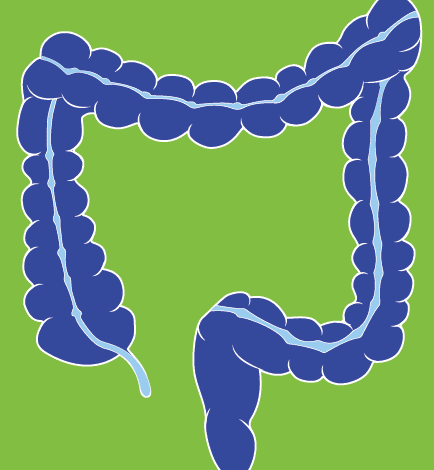
Since its startling strike in early March of 2020 we are learning more and more about the COVID-19 virus as we continue to practice preventative measures and care for one another. However, we are not just learning about combating the virus, scientists are learning more about emerging variants, or versions of the virus that differ in some respect from other forms of the same thing. In doing so we hope to better understand:
- How easily the variants might be transmitted.
- The effectiveness of the currently authorized vaccines against them.
The CDC is collaborating with other public health agencies to closely monitor, detect, and characterize the three new emerging variants:
B 1.1.7 Lineage is estimated to have emerged in the United Kingdom around September 2020 as has been reported in the United States as well as in New Jersey. This variant has been associated with increased transmissibility, or more efficient and rapid transmission. No evidence yet to suggest the variant has any impact on the severity of the disease or vaccine efficacy.
Still, preliminary studies have shown, the B .1.1.7 lineage spreads more easily and quickly than other variants and may be associated with an increased risk of death compared to other variant viruses.
B 1. 351 Lineage was first identified in Nelson Mandela Bay, South Africa in the beginning of October 2020. Cases have been reported in the United States. There is no current evidence suggesting that this variant has any impact on the disease severity.
P. 1 Lineage variant is a branch of the B. 1.1.28 lineage first reported in Japan by four travelers from Brazil and was identified in the United States at the end of January 2021. Evidence suggest that some of the mutations of the P. 1 variant may affect its transmissibility which may affect the ability of the antibodies generated through a previous natural infection or through vaccination to recognize and neutralize the virus.
There is importance in surveying strains for public health. Viruses generally gain mutations over time allowing new variants to rise. The possible consequences of emerging variants include the following:
- Spreading quickly amongst the public.
- Causing either milder or more severe disease.
- Evading detection by diagnostics tests and natural or vaccine-induced immunity – the most concerning as a larger proportion of our communities are being vaccinated.
To ensure public safety efforts are being made the United States is increasing its surveillance with partnerships in commercial diagnostics laboratories, contracts with universities, and aligning with state and local health departments.
Available data has been made public through databases for public health use, professionals, and researchers.
As emerging variants have already begun to spread, wearing two masks can help you stay protected as we gain more information about the new strains. For more information on COVID-19 testing and vaccinations, visit henryjaustin.org/covid/.
This information was originally posted on cdc.gov.





